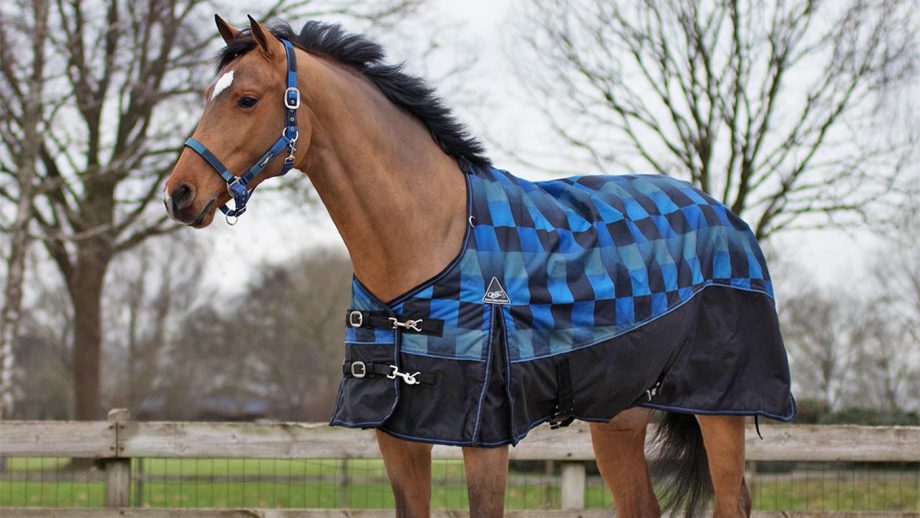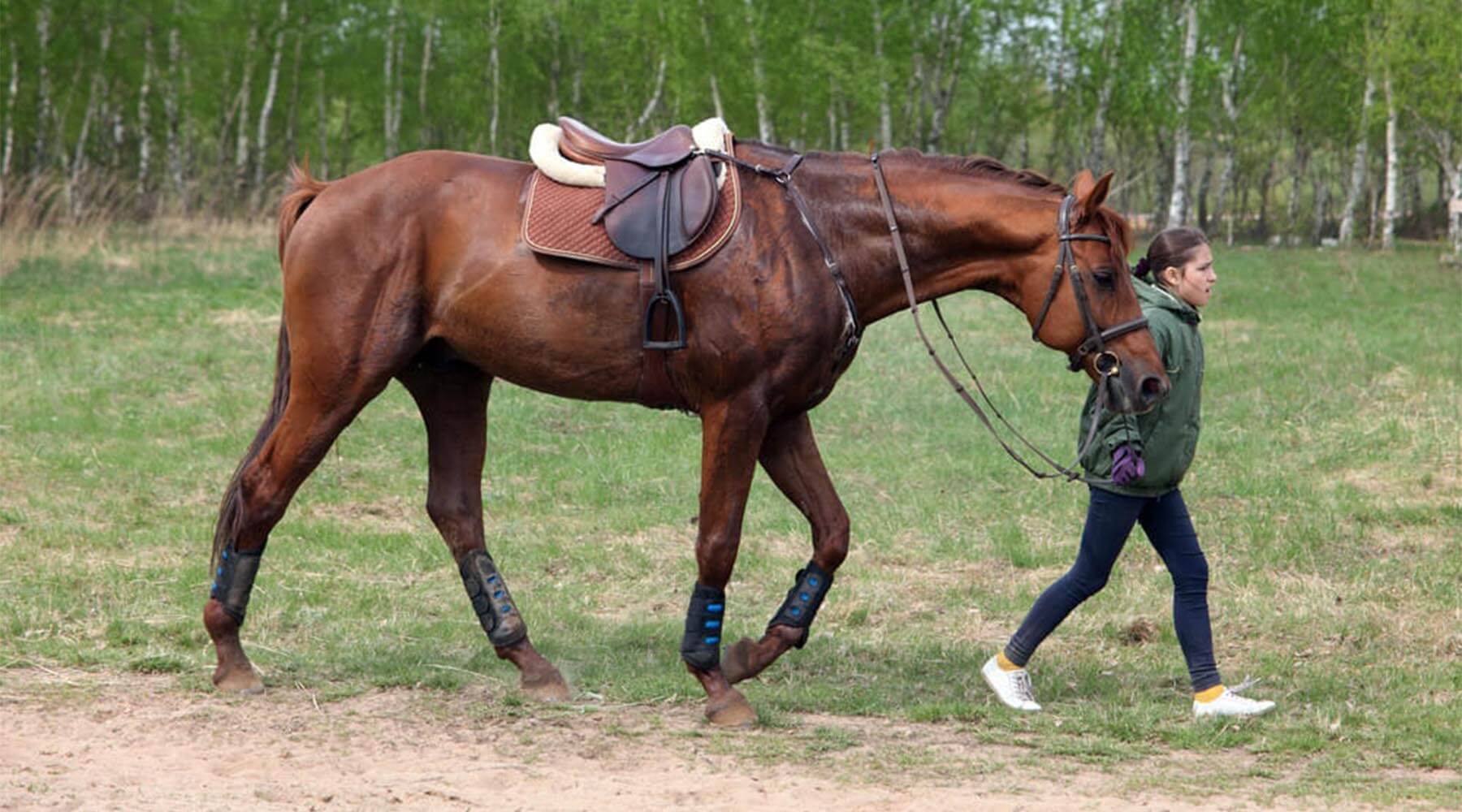
What Temp to Blanket Senior Horse for Optimal Comfort?
Share
When it comes to ensuring the comfort and health of your senior horse, one of the major considerations is what temp to blanket senior horse. As we know, older horses can be more susceptible to the harshness of elements due to their thinner skin and lower fat reserves. This brings forth a multitude of questions for us as responsible pet owners, particularly regarding blanket usage during temperature extremes. Understanding the right temperature range to blanket your senior horse can not only aid in their well-being but also enhance their overall quality of life.
Choosing the right temperature for blanketing is particularly vital as seasons change. Each horse is unique, and factors such as breed, age, health conditions, and personal preference must be taken into account. In this article, well explore the critical things to consider when deciding what temp to blanket senior horse, as well as practical tips and guidelines to keep your animal cozy.

Understanding the Basics of Horse Blanketing
The primary purpose of a horse blanket is to provide warmth and protection, particularly during colder weather. A horse's natural tendency is to adapt to its environment, but as they age, their ability to regulate body temperature may diminish. It's essential to recognize the various types of blankets and their purposes.
There are different types of horse blankets available:
- Stable blankets: Designed for indoor use, these keep horses warm while stabled.
- Turnout blankets: Made for outdoor use, these are usually waterproof and durable.
- Sheeting blankets: These are lighter and usually serve to protect your horse in milder weather.
When is It Necessary to Blanket a Senior Horse?
The necessity of blanketing a senior horse can depend on various factors:
- Temperature
- Wind chill and humidity
- Individual horse condition (age, health, breed, etc.)
- Time spent outdoors
Generally, if temperatures fall below 40F (4C), it may be a good idea to consider blanketing your senior horse. Older horses, especially those that are thin or have compromised health, may require extra help in maintaining their core temperature. Check for signs of shivering or a lack of energy as indicators that additional warmth is needed.
Important Considerations for Blanketing Senior Horses
Here are several critical factors to remember while deciding what temp to blanket senior horse:
- Blanket fit: Ensuring the perfect fit of the blanket is crucial. A proper fit will prevent rubbing and chafing while providing adequate warmth.
- Layering: In extremely cold conditions, layering different types of blankets may be beneficial. A lighter stable blanket could be placed underneath a heavier turnout blanket.
- Regular checks: It's important to check your horse regularly for signs of discomfort under the blanket. You may need to adjust blankets in response to changing weather or your horse's condition.
Weather Conditions and Their Effects
The weather plays a crucial role in determining what temp to blanket senior horse. Factors like wind chill can make it feel much colder than it is, which may require added protection for your horse. Rain can also impact the effectiveness of a blanket; therefore, using waterproof turnout blankets on rainy days is advisable.
Additionally, be mindful of how your horse reacts to different temperatures. Horses often indicate their needs through behavior. Take note if your horse appears to be uncomfortable or restless.
How to Measure Temperature for Blanketing
It is essential to use a reliable thermometer for checking the temperature, but how can you be sure that youre also gauging your horses comfort level? Here are some tips:
- Monitor internal temperature: A healthy horse's normal temperature ranges from about 99F to 101.5F (37.2C to 38.6C). Make sure you're also taking into account how they feel to touch.
- Use a thermometer designed for animals: This ensures that you are getting accurate readings.
Signs Your Senior Horse Might Need a Blanket
There are numerous signs you should be on the lookout for. If your horse displays any of the following, it might be an indication that they need a blanket:
- Shivering or trembling
- Loss of body condition or excessive weight loss
- Lethargy
- Prone to colds or respiratory issues
It's critical to address these signs as soon as you notice them. Remember, senior horses often take longer to recover from temperature changes, so prompt action can make all the difference.
How to Choose the Right Blanket
Selecting the appropriate blanket for a senior horse involves understanding their specific requirements. Here are some recommendations:
- Weight and thickness: Opt for a thicker blanket for colder days, and consider adjusting to a thinner one as temperatures improve.
- Water resistance: Ensure that blankets are water-resistant or waterproof to keep your horse dry during inclement weather.
- Material: Fleece and wool blankets provide excellent insulation and can be used in various temperature scenarios.
Practical Tips for Blanketing
By following these practical tips, youll be better equipped to determine what temp to blanket senior horse:
- Always wash and maintain your blankets to ensure effectiveness.
- Consider a blanket with adjustable straps for better fit.
- Consult with a vet for personalized advice based on your horses health condition.
When to Remove the Blanket
Timing for removing the blanket is equally important. For instance, remove the blanket if the ambient temperature rises, or when engaging in extensive exercise, as the horse may overheat. Regularly checking for moisture levels under the blanket can also help inform your decision.

Related Resources
For further insights on horse blanketing, refer to the guide on when to blanket a horse or read about the importance of when to blanket. These resources provide additional context and best practices for caring for senior horses.
FAQs on Blanketing Senior Horses
-
What temperature should I blanket my senior horse?
Generally, if temperatures drop below 40F (4C), it's advisable to consider blanketing your senior horse.
-
How do I know if my horse is too hot under the blanket?
Signs include sweating or excessive movement. Always check under the blanket for warmth or moisture.
-
Can a horse wear a blanket in warmer weather?
It's best to avoid blanketing in warm conditions. Observe your horse's behavior to gauge comfort levels.
As an Amazon Associate, I earn from qualifying purchases.
